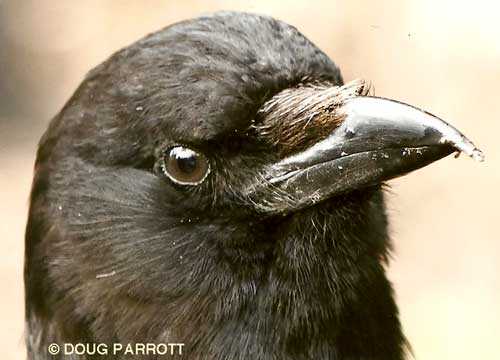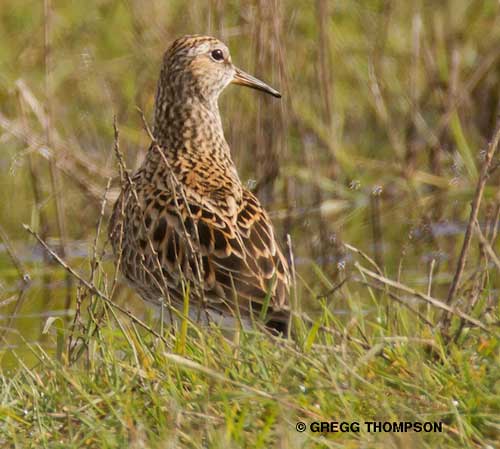 On Sundays, when UW parking is free, I always drive over to Conibear Mitigation and park in the lot next to the shellhouse. I walk out on the deck where the fake, snarling coyotes twist in the wind, scaring off the Canada Geese and my husband, who thought they were real and rabid. Here, I set up my camp stool and look for bitterns and herons among the cattails of the mud islands that spatter the area.
On Sundays, when UW parking is free, I always drive over to Conibear Mitigation and park in the lot next to the shellhouse. I walk out on the deck where the fake, snarling coyotes twist in the wind, scaring off the Canada Geese and my husband, who thought they were real and rabid. Here, I set up my camp stool and look for bitterns and herons among the cattails of the mud islands that spatter the area.
If no waders appear, I turn my steps to the mitigation trail leading north. This is a good place to look for rails, waterfowl, and warblers. In the fall, it’s also a good place to scan for migrating shorebirds, who like to tread the lily pads as they hunt for insects. Few people come here in the early mornings, aside from an occasional jogger, so I can lose myself in nature and pretend that I am migrating, too.
In the aftermath of Husky home football games, though, this area is about as unnatural as you can get. Crows and gulls by the thousands crowd the sky, squabbling over the detritus left behind by fans. The birds arrive early, ahead of an army of garbage trucks hired to clean up the area. The humans and birds race each other to see who can get to the garbage first.
Human behavior has got to be fairly inexplicable to birds, but this particular behavior is probably the most baffling, at least to crows and gulls. Why on earth would you scrape up perfectly edible garbage and bury it in trucks to haul it away? Inquiring minds want to know, but on this day, they got no answers. The garbage workers were oblivious to the birds’ cries.
After losing the Battle of the Bilge, the disappointed scavengers perched on the grandstand seats of the baseball diamond and in the snags that rim the Lagoon. They were joined by a lone Pectoral Sandpiper, a great bird for the Fill. Pectoral Sandpipers are mid-sized shorebirds who breed in the tundra and winter in South America. They migrate through the Fill in spring and fall, but in very small numbers and by no means every year. I like them because they remind me of ancient Egyptian pharaohs. Like the kings of yore dressed in their jeweled gorgets, these sandpipers wear a pectoral of brightly patterned feathers around their necks.
This particular sandpiper was foraging on a tiny spit of mud in the middle of the Lagoon. The spit was smaller than my ironing board, yet the sandpiper was finding plenty to eat there. As it hunted and pecked for food, minding its own business, a crow took umbrage and peeled off to attack. Calling in alarm, the sandpiper leaped into the air and flew around the Lagoon, chased by the crow. Eventually, the sandpiper disappeared going east, but about fifteen minutes later it reappeared on the same tiny spit. Another crow attacked, and off went the sandpiper, only to return a while later. The crustaceans on the spit must have been exceptionally tasty.
It was a lesson in paucity and plenty. The crow and gull populations of the Fill have exploded, due to the fact that they find human activity helpful. We generate a lot of garbage, which crows and gulls eat. The Pectoral Sandpiper population, on the other hand, has plummeted, due to the fact that they find human activity harmful. We generate a lot of garbage, and in the process destroy a lot of mudflats and short prairie, which the birds need.
As our population continues to grow, we change more of the environment to suit us. I hope we will find it suits us very well to preserve habitat not just for avian garbage collectors, but also for this most marvelous member of the shorebird family, the Pectoral Sandpiper.
